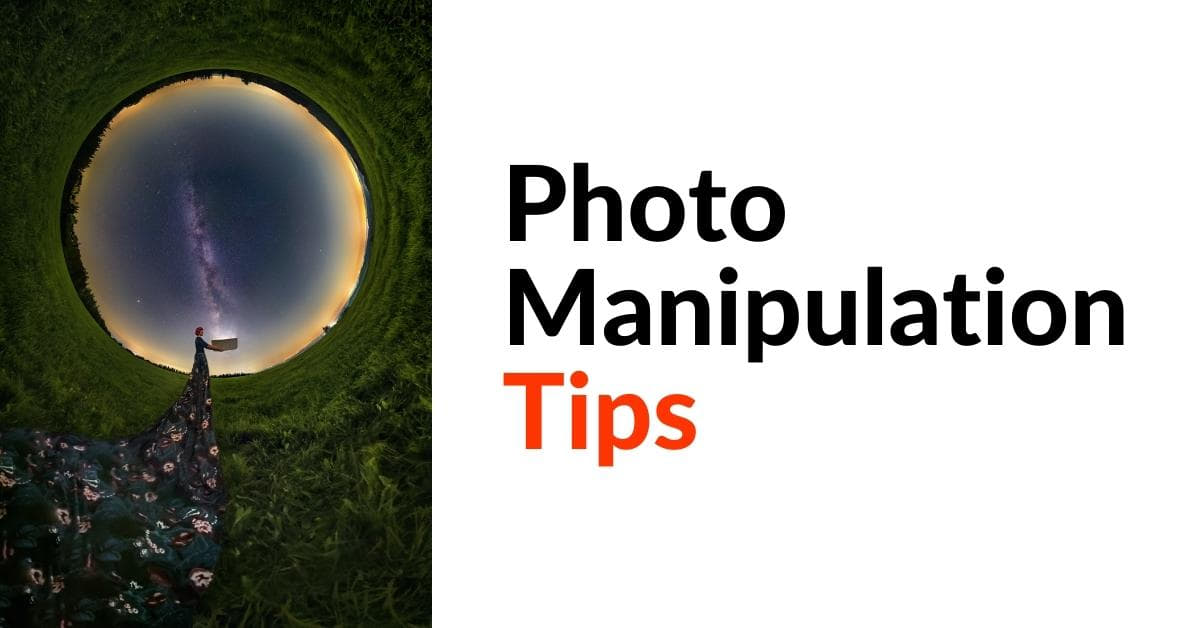Photo manipulation is an art form that allows you to take ordinary photos and transform them into extraordinary works of visual art. Whether you’re a professional graphic designer or just someone looking to enhance your photography skills, mastering the art of photo manipulation can be a rewarding and creative journey. In this article, we will explore some essential photo manipulation tips and tricks to help you create stunning, professional-quality manipulated images.
1. Choose the Right Software
Selecting the right software is crucial for successful photo manipulation. Adobe Photoshop and Adobe Lightroom are the industry standards for photo editing, providing powerful tools and extensive resources for editing. GIMP, a free alternative, is also a viable option for beginners and budget-conscious users.
2. Source High-Quality Images
The quality of your source images greatly affects the final result. Use high-resolution images to maintain sharpness and detail in your manipulations. Websites like Unsplash and Shutterstock offer a wide variety of stock images suitable for manipulation projects.
3. Master Selection Tools
Selection tools, such as the Magic Wand and the Pen Tool, are essential for isolating elements within an image. Precision is key, and mastering these tools will make your manipulations seamless.
4. Layering for Perfection
Utilize layers for a non-destructive workflow. This allows you to edit individual elements without affecting the entire image. Practice organizing your layers to keep your project well-structured.
5. Understanding Blend Modes
Blend modes are powerful tools that control how one layer interacts with another. Experiment with modes like Multiply, Screen, Overlay, and Soft Light to achieve the desired effects. Understanding blend modes is essential for realistic manipulations.
6. Color Correction and Grading
Adjusting colors and tones is vital for a harmonious composition. Tools like Curves, Hue/Saturation, and Color Balance can be used to fine-tune the colors in your manipulated image. Maintain a consistent color scheme to create a unified look.
7. Attention to Detail
The magic is in the details. Pay close attention to lighting, shadows, and perspective to make your manipulations appear realistic. Tools like Dodge and Burn can be used to enhance highlights and shadows.
8. Consistency is Key
Maintain a consistent style throughout your manipulation. This ensures that your final piece appears cohesive and professional. Experiment with various styles to find your unique aesthetic.
FAQs
Q1: Are there any free alternatives to Adobe Photoshop for photo manipulation?
A1: Yes, GIMP is a popular and powerful free alternative to Adobe Photoshop that offers many similar features.
Q2: How do I learn photo manipulation as a beginner?
A2: Start with online tutorials and practice regularly. Adobe and GIMP’s official websites offer comprehensive tutorials and resources.
Q3: What are the ethical considerations in photo manipulation?
A3: It’s essential to be transparent about manipulations, especially in journalism and advertising. Make sure your audience is aware that an image has been altered.
Q4: Can I use photo manipulation for commercial purposes?
A4: Yes, you can use manipulated images for commercial purposes, but be sure to comply with copyright laws and obtain necessary permissions for the source images.
Q5: How do I avoid over-editing in photo manipulation?
A5: Maintain a balance between enhancing your image and retaining its natural look. Take breaks and revisit your project with fresh eyes to avoid over-editing.
Conclusion
Mastering photo manipulation requires practice, creativity, and attention to detail. Whether you’re aiming to create surreal digital art or enhance your photography, these tips and tricks will help you on your journey to becoming a skilled photo manipulator. Remember, the more you practice, the better you’ll become at breathing life into your visual creations. So, grab your software and start manipulating your way to stunning, one-of-a-kind images!
This page was last edited on 19 February 2024, at 3:23 pm
